Average credit card debt in Canada is on the rise. TransUnion reports that in the first quarter of 2025, the average Canadian consumer had an outstanding credit card balance of $4,415.
Here's what this means, plus some tips to help you tackle your debt with a balance transfer offer or with a low interest credit card.
Key Takeaways
- Credit card debt is on the rise in Canada.
- The average credit card balance of a Canadian consumer is $4,415 as of Q1 2025.
- The best way to pay off credit card debt faster is with a balance transfer credit card.
Never miss an amazing deal again + get our bonus 250+ page eBook for FREE. Join 50,000 other Canadians who receive our weekly newsletter – learn more.
What is the average credit card debt in Canada?
According to Transunion’s Q1 2025 report, the average Canadian is carrying a balance of $4,415 on their credit card. This represents a 3% jump year over year.
Remember: This doesn’t represent debt that people are holding – it’s simply outstanding balances. Some Canadians pay their balance in full and on time.
But there are signs of financial stress among Canadians. An Equifax report notes that more than 1.4 million Canadians missed at least one credit payment during the first few months of 2025. In particular, young consumers appear to be struggling, as delinquency rates in that demographic went up by 21.7%.
How long does it take to pay off credit card debt?
There's no one answer for how long it takes to pay off your credit card debt. It varies depending on:
- Your payment amount
- The interest rate
- Your current balance
At a minimum, you must make your monthly minimum payment. For most cards, this is $10 plus any accrued interest (except in Quebec). This keeps your credit score intact.
Whenever possible you should pay more than the minimum credit card payment. Credit card interest will start to add up – and you could be paying your debt off for years if not decades.
Why you shouldn't put off tackling your debt
There are a few reasons you'll want to tackle any credit card debt you have right away.
- Credit card interest. If you have a card that charges the standard 20% interest, your interest fees will add up quickly. A balance of $2,000 will accrue $33 in interest the first month…and then build each month after that. You’ll pay more in interest and less towards reducing your debt.
- Credit utilization. Carrying a balance on your credit card means you're eating into your credit limit. Credit utilization is an important part of your credit score. The more of your available credit you use, the more likely it is that your credit score will be negatively impacted.
5 strategies to bring down credit card debt
There are some things you can do to help pay down your debt. Here are 5 things you can think about.
1. Make a budget
Knowing what you make and what you need to spend can help you organize your finances. You can't pay down debt if you don't have a handle on what you spend vs. what you owe.
It doesn't have to be complicated, either. Add up what you spent over the last few months. Take a long, hard look at everything and decide what you can cut out.
Compare it to what you make each month after taxes and make sure that number is at least bigger than your expenses. If not, you'll have to dig deep and find things you can live without.
You've now set your monthly budget allowance.
2. Negotiate interest rates or the terms of your debt
File this under the "it never hurts to ask" folder. See if you can get a lower interest rate or new terms for your debts. Lenders like being paid back and may be willing to work with you on a repayment plan.
The worst a bank can do is say no.
3. Switch credit cards
Here are two ways that switching or getting a new credit card can help:
- Apply for a credit card with a balance transfer offer. You'll be able to transfer your balance to your new card and get a low interest rate for a set period of time.
- Switch to a low interest credit card. You'll get lower rates across the board on purchases and balance transfers.
While there is a fee to pay for balance transfers (anywhere from 1% to 3%), they'll save you a pile of money on interest.
4. Consolidate debt
Debt consolidation can also help you reduce interest payments. Consider getting a personal loan or a line of credit, which typically have lower interest rates than credit cards. You can use that money to help pay off credit card debt.
5. Spend your own money
When you make a credit card purchase, you aren't using your own money to pay for it. Your purchases add up and eventually you realize that you don’t have the money to pay the balance in full.
To prevent this, use your debit card. The money will come out of your bank account right away, which means you can’t spend money you don’t have.
You can also opt for a prepaid card. You can't get into a credit card debt trap since your prepaid card will be declined when it’s out of money.
Eliminate credit card debt with a balance transfer offer
If you are faced with some credit card debt, an excellent way to help pay it off is by getting a credit card with a balance transfer offer.
If you're paying standard credit card interest of around 20%, credit card debt can start to crush your finances.
With a balance transfer offer, for a limited time, you can get a significantly lower interest rate for a set period of time after you open an account. There is a fee to pay for the transfer, which is typically between 1-3% of the amount transferred. But if you live in Quebec, there are no balance transfer fees.
There are rules you'll need to follow when it comes to transferring balances between credit cards. You can view our full analysis on balance transfer rules here.
We will outline two major rules here. The first – do not spend money on the credit card you make a balance transfer on. When you pay your bill, most credit cards apply your payment to the portion of your balance with the lowest interest rate. So all those new purchases start racking up interest, defeating the purpose of what you're trying to achieve.
The other – you can't transfer balances between credit cards from the same bank. And that includes subsidiaries. Take TD and Scotiabank as examples. TD owns MBNA, and Scotiabank owns Tangerine. So you can't transfer a credit card balance from an MBNA card to a TD credit card.
With all that said, here are a few balance transfer offers you can take a look at. A few of these also double as low interest credit cards.
| Credit Card | Balance Transfer Offer | Balance Transfer Fee | Other Features | Annual Fee, Income Requirements |
|---|---|---|---|---|
| MBNA True Line Mastercard |  $50 GeniusCash + 0% interest on balance transfers for 12 months (terms) $50 GeniusCash + 0% interest on balance transfers for 12 months (terms) | 3% | * Low purchase and balance transfer rate of 12.99% | * $0 * None |
| CIBC Select Visa Card | 0% interest on balance transfers for 10 months (terms) | 1% | * Low interest rates of 13.99% | * $29 * $15K personal |
| BMO CashBack Mastercard | 0.99% for 9 months (terms) | 2% | * Earn up to 3% cash back on purchases | * $0 * $15K personal |
| BMO Preferred Rate Mastercard | 0.99% interest on balance transfers for 9 months (terms) | 2% | * Low purchase rate of 13.99% | * $29 * $15K personal |
| Tangerine Money-Back Credit Card | 1.95% for 6 months (terms) | 1% | * Earn up to 2% cash back on purchases | * $0 * $12K personal |
Keep your interest payments lower with a low interest credit card
We all know that life happens, and there are times when we need to borrow some money to help cover expenses.
If you do carry a balance on occasion, it might be best to consider getting a low interest credit card.
Rather than pay 20%+ interest, you can get interest rates lower than 10% and save yourself a bundle on interest payments.
You'll be giving up rewards (although a few low interest cards do offer pared-back rewards), a lot of insurance, and credit card perks. But you'll be saving on interest.
Here are a few low interest credit cards you can consider, on top of the ones mentioned above.
| Low Interest Credit Card | Interest Rates | Special Features | Annual Fee, Income Requirements |
|---|---|---|---|
| MBNA True Line Gold Mastercard | * Purchase: 10.99% * Cash Advance: 24.99% * Balance Transfer: 13.99% | None | * $39 * None |
| Scotiabank Value Visa Card | * Purchase: 13.99% * Cash Advance: 13.99% * Balance Transfer: 13.99% | None | * $29 * $12K personal |
Your thoughts on credit cards and debt
Sadly debt is on the rise, as are debt levels on most kinds of credit products.
Any tips to share on how to keep credit card debt away?
Share them in the comments below.
FAQ
What is the average credit card debt in Canada?
How much money does the average person have in credit card debt?
According to a TransUnion report, the average Canadian consumer carries a credit card balance of approximately $4,415. This figure increased from $4,276 in the first quarter of 2024, for a 3.24% total change.
Is $5,000 a lot of credit card debt?
$5,000 might be a significant amount of debt for some consumers, but not for others. It depends on your circumstances and financial situation. That said, $5k in debt is slightly more than the national average for credit card debt.
How long does it take to pay off $50K in credit card debt?
The amount of time it takes to pay off that much debt depends on your personal finances. You can use a credit card payment calculator to determine the time required to pay off debt using various payment amounts.
creditcardGenius is the only tool that compares 126+ features of 231 Canadian credit cards using math-based ratings and rankings that respond to your needs, instantly. Take our quiz and see which of Canada's 231 cards is for you.




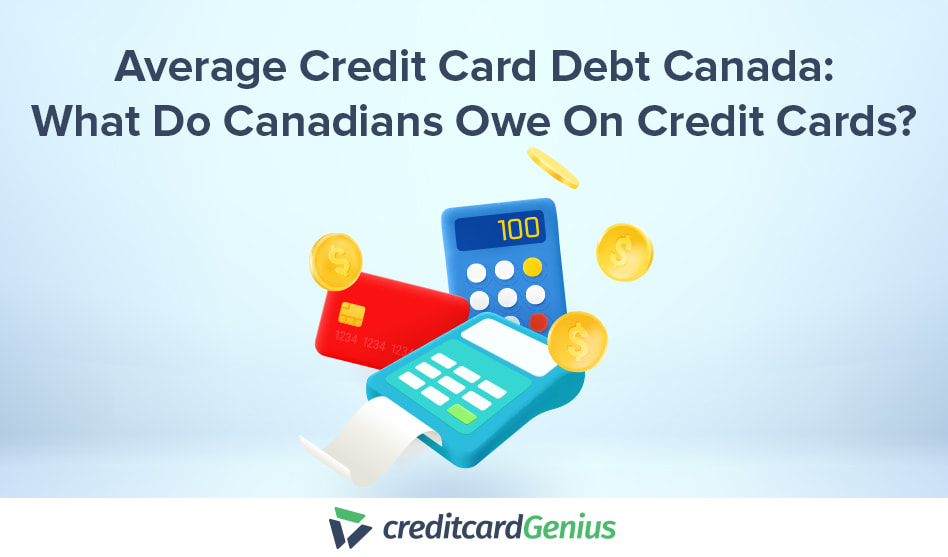




 GC:
GC: 
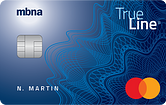
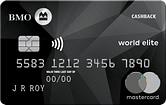
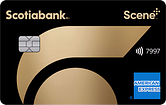
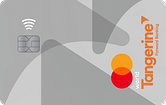
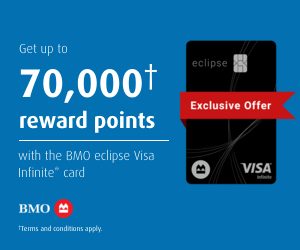






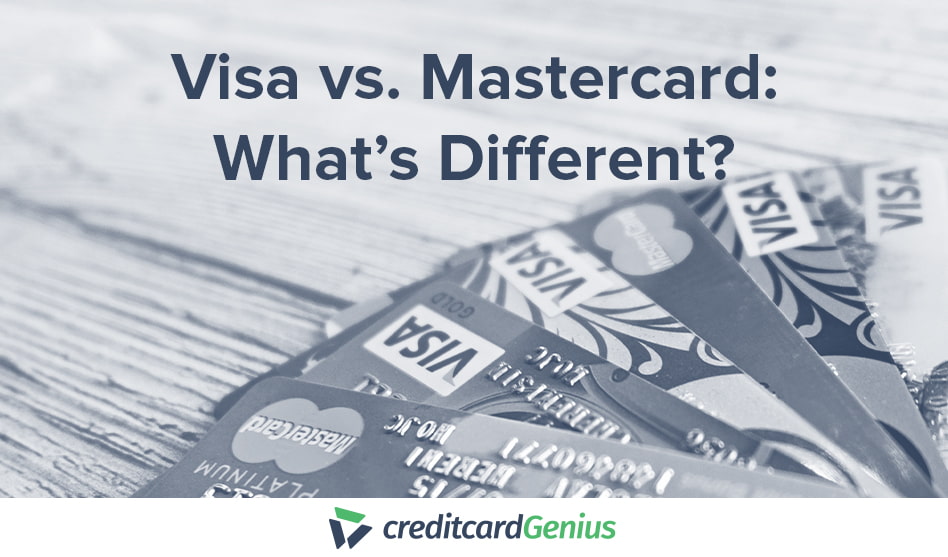

.png)





















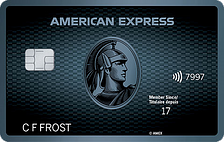
Comments
Leave a comment
Required fields are marked with *. Your email address will not be published.
Showing 1 comments